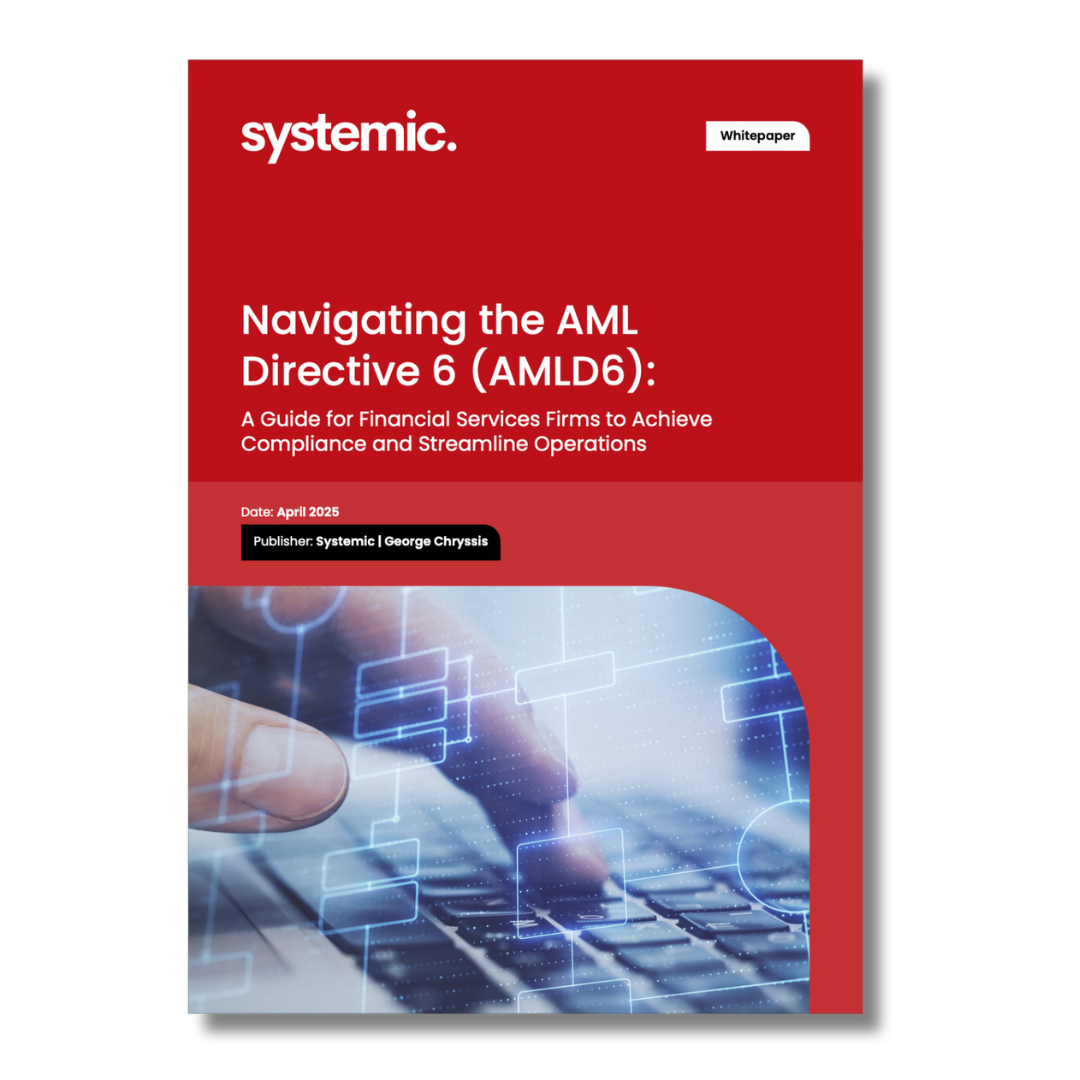On the one hand, administrators must adapt their operations to manage a range of growing needs in order to transform their traditional services into a premium integrated added value offering, but on the other, they also have a chance to improve the efficiency of their operations to cope with the competitive environment. Both of these conversions have two common key factors: new systems and technologies.
Recognizing that the acquisition of an investment management back-office software system is a major long-term investment for fund administrators, what do they need to look for, to migrate to the new environment? Below are 5 topics that administrators should pay attention to.
1. Outreach the standard functionality
In order for administrators to cope with unusual and demanding requests from fund managers and to keep pace with the regulations, they have to support multiple asset classes and fund structures, manage complex financial instruments and structured products, cover investor due diligence needs as well as to provide superior multidimensional reporting. Traditional accounting-based software systems seem to be inadequate to accomplish major requests of funds industry, to support both UCITS and Alternative Investment Funds (AIFs), while the architecture of these systems cannot natively accommodate financial instruments as well as the corresponding methodologies, algorithms and pricing models required for their valuations and NAV calculation process.
A modern designed investment management back-office software should provide:
- A flexible design to accommodate natively any investment component
- A detailed historical database to provide disclosure and transparency to regulators
- Multidimensional and auditable reporting
- Investor’s account management (KYC/AML procedures, documents administration, questionnaires, investment profiles and other several categorization capabilities to support regulatory needs of FATCA, CRS, MiFiD, etc.).
- Access to web reporting by fund managers, investors and agents for detailed and sophisticated information
- Several methods for calculation of performance and management fees according to fund managers’ requests.
Finally, a modern designed software must be able to adapt and rapidly integrate the new market needs and opportunities presented.
2. Minimize inefficient manual work
Most of administrators confront daily an excessive burden of manual work. What automations a fund administration software should have in order to reduce this workload?
The use of a back-office software system becomes necessary when the amount of information an organization has to manage is growing. In that case, the basic purpose of a fund administration software is the automation of processes to perform all calculations and export comprehensible information in a short time for a large number of portfolios with different needs and variety of investments. In a fully effective production environment, the role of human work lies in controlling the final results, managing exceptions handling and monitoring possible warning messages. On the contrary, in non-effective environments, users are forced to maintain intermediate excel spreadsheets for performing of calculations and then manually register them into the accounting systems. The fast-changing environment of asset management industry creates pressure to administrators, who face inefficiently the day-to-day work, to invest in automation technologies that ensure their core services require as little manual intervention as possible and can be offered at ever greater scale.
Below is a list of essential automations a fund administration software should have, so as to decrease work time and eliminate errors:
- Straight-through processing and real-time portfolio valuations, so as to accelerate the pace that make the NAVs available.
- Capture of information coming from third parties (i.e. prime brokers, investment advisors, market data sources).
- The system must be able to support user-defined pricing policies so as to calculate in detail all portfolio expenses according to fund manager rules.
- User parameterization based on customers’ needs i.e. performance calculation profiles, capability for multiple valuations per financial component,
- Simultaneous communication with several custodians, sub-custodians and depositaries to support the reconciliation of portfolio positions, valuations, balances, expenses and NAV figures.
- Direct extraction of reporting templates to supervisors (ready to send) in any format.
- Intra and interdepartmental provision of workflows so as to improve complex and continuous processes (i.e. KYC, NAV calculation process).
- Automatic sending of reports to investors, investment managers and agents through email/fax.
- Factsheets generation, official reports and other statistical analysis statements.
3. Prefer Integrated product offerings
As asset managers become more demanding and the regulatory environment continues to evolve, fund administrators are required to be multi-competent for assuming a much broader role offering a total solution along with fund accounting and investors services which include:
- Regulatory reporting (AIFMD, UCITS IV, MiFiD, EMIR, FATCA, CRS, etc.): the regulatory framework for the investment funds has become much more complex and demanding. Investment management back-office systems collect and process all the information required for the disclosure of data to supervisors.
- Financial risk management services: A high standard of risk management practices has become a differentiating factor for fund managers and a way to better communicate and market funds to investors who are increasingly requesting to integrate risks in the performance calculations.
- Investment compliance & limits management: The systematic control of limits and constraints expressed by the investment compliance requirements can be fully applied to a fund administration software and automatically offered to fund managers at a frequency consistent with the guidelines of supervisor or the fund investment strategy.
- Performance measurement: the need of investment managers and investors for a comprehensive presentation analysis of portfolio returns offers key benefit to administrators. The calculation of contribution and attribution analysis of returns require a full detailed investment back-office system.
- Streamlined communication with investors and fund managers: The investor financial services profile is expected to change the next years due to their digital experience. Fund administrators should be ready to provide convenience and speed to investors through on-line services. KYC procedures, transactions execution, monitoring and auditing as well as advanced reporting are some of the services that administrators will be invited to offer in real-time.
(see also: “The evolving role of the fund administrator: Requirements by management companies and investment managers” by Aristides Protopapadakis.)
4. Avoid unnecessary IT infrastructure complexity
Very often fund administrators express the desire to integrate different applications in one single software solution. Indeed, the benefits are huge for an organization, not only in terms of operational efficiency but also in saving money, who decide to integrate all internal business operations in a single system. An IT infrastructure which serves integrated fund accounting and investors’ registry operations, KYC and account management needs, financial risk measurement and performance calculations, compliance and regulatory reporting, provides operational efficiency through avoidance of double entries and internal malfunctions, communication and workflow among the company’s departments, unified client information and reporting, reduced work time and elimination of errors. Additionally, a native integration of system modules avoids hidden and parallel costs of building and maintenance interfaces with other systems while software systems that are built in new programming languages and technologies have reduced maintenance costs caused by old and outdated IT infrastructures.
5. Streamline the Migration process
Most of the fund administration service providers run this business many years ago. They have a significant customer base with plenty of assets and a variety of investment components. How easy is a transition to a new modern environment?
The transition of an existing back-office software system to a new IT environment is a high-risk project and requires significant man-hours to complete it. For an organization with obvious inefficiencies in daily operations, the strong commitment in this direction by the senior management and the continuous support from the whole company are the two prerequisites for a smooth and rapid outcome.
What are the main obstacles to be addressed?
- Reluctance on the new
Very often people who manage daily operations refuse to change the way they work or they do not perceive the need to change. Additionally, they face an increased workload which leads to postponements and finally to unwillingness for undertaking new tasks. The role of senior management is crucial since should be commonly understood internally the feasibility of the project and the advantages to be gained, while is needed the company’s commitment to provide the required resources.
- Not well-defined scope of work
Incorrect recording of all deliverables and failure to investigate the ability to achieve them, leads to ongoing postponements of a project, poor cooperation between the parties and often to unsuccessful termination of the project. At the start of a project, several workshops with all involved individuals and departments of the organization must be carried out, internal processes, project prerequisites and their adequacy analysed, and finally the scope of work should be concluded and communicated to all parties involved.
- Absence or improper project management
Following the well-defined scope of work a detailed project plan should be organized. Initially a detailed project plan with assigned tasks, delivery times to specific individuals and milestones is required, continuous tasks monitoring and communication between individuals during the project are considered as prerequisites to meet the priorities and to prevent failures, while a well-defined UAT and detailed training sessions should be realized before the project sign-off.
Overall, the project ownership and the strong commitment on both sides are the two components that will lead to the success of the project.





